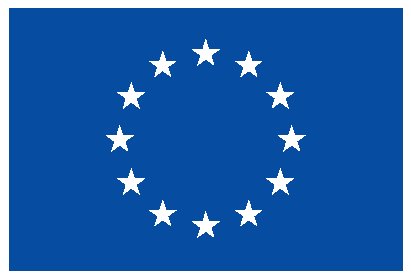Cluster analysis and forecasting of viruses incidence growth curves: Application to SARS-CoV-2
Hits: 3492
- Research areas:
- Year:
- 2023
- Type of Publication:
- Article
- Keywords:
- COVID-19 incidence estimation, Clustering, Forecasting, Neural networks, Evolutionary algorithms
- Authors:
- Journal:
- Expert Systems with Applications
- Pages:
- 120103
- Month:
- April
- ISSN:
- 0957-4174
- Note:
- JCR(2022): 8.5, Position: 23/275 (Q1) Category: ENGINEERING, ELECTRICAL & ELECTRONIC
- Abstract:
- The sanitary emergency caused by COVID-19 has compromised countries and generated a worldwide health and economic crisis. To provide support to the countries’ responses, numerous lines of research have been developed. The spotlight was put on effectively and rapidly diagnosing and predicting the evolution of the pandemic, one of the most challenging problems of the past months. This work contributes to the existing literature by developing a two-step methodology to analyze the transmission rate, designing models applied to territories with similar pandemic behavior characteristics. Virus transmission is considered as bacterial growth curves to understand the spread of the virus and to make predictions about its future evolution. Hence, an analytical clustering procedure is first applied to create groups of locations where the virus transmission rate behaved similarly in the different outbreaks. A curve decomposition process based on an iterative polynomial process is then applied, obtaining meaningful forecasting features. Information of the territories belonging to the same cluster is merged to build models capable of simultaneously predicting the 14-day incidence in several locations using Evolutionary Artificial Neural Networks. The methodology is applied to Andalusia (Spain), although it is applicable to any region across the world. Individual models trained for a specific territory are carried out for comparison purposes. The results demonstrate that this methodology achieves statistically similar, or even better, performance for most of the locations. In addition to being extremely competitive, the main advantage of the proposal lies in its complexity cost reduction. The total number of parameters to be estimated is reduced up to 93.51% for the short term and 93.31% for the mid-term forecasting, respectively. Moreover, the number of required models is reduced by 73.53% and 58.82% for the short- and mid-term forecasting horizons.
- Comments:
- JCR(2022): 8.5, Position: 23/275 (Q1) Category: ENGINEERING, ELECTRICAL & ELECTRONIC







